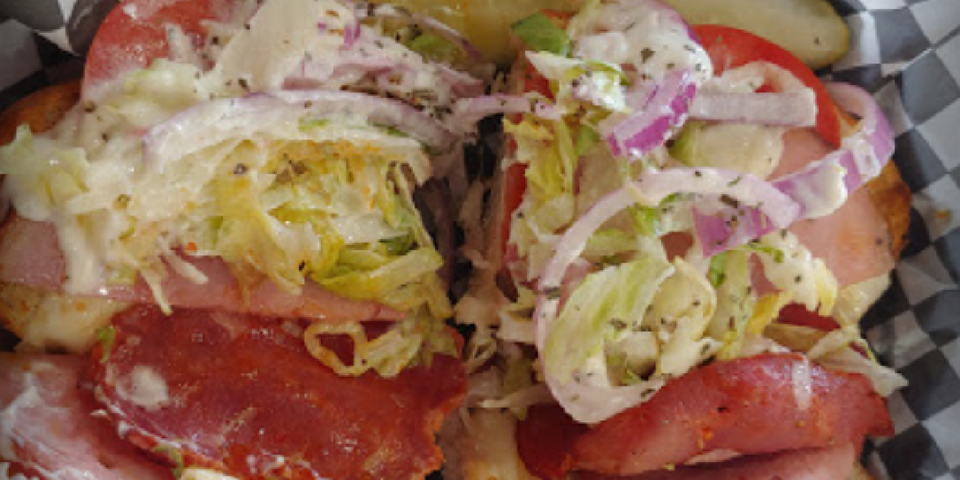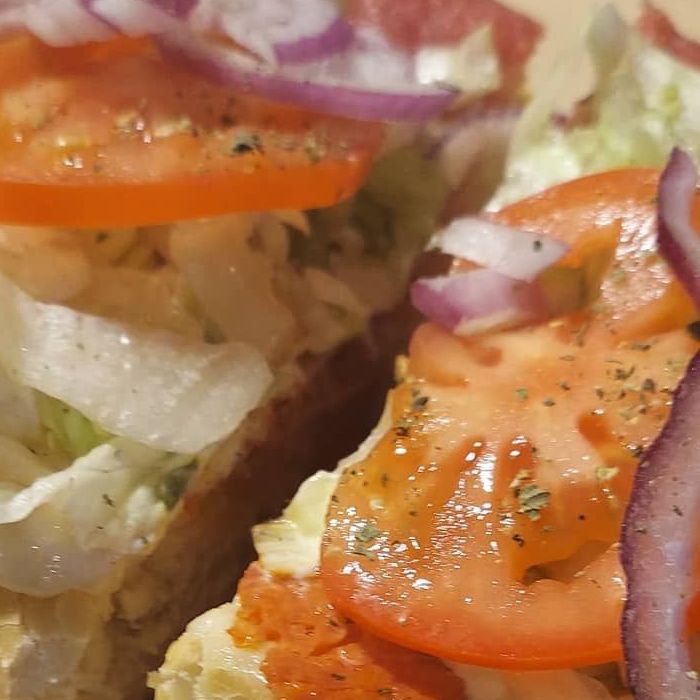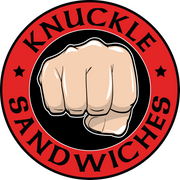
Whether you call it a sub, hoagie, grinder, or hero, there’s no denying the appeal of large sandwiches packed with savory meat, cheese, and crisp veggies. Affordable, convenient, and mouthwateringly good, heroes have become a ubiquitous part of American culture and a staple in restaurants and delis from coast to coast. But where did these sandwiches come from? Here's a closer look at the fascinating history of the hero.
What's the Hero’s Origin Story?
While the origins are in dispute, these sandwiches appear to have arrived in the U.S. in the 19th century. Some claim Italian immigrants brought them to the states, while others posit the dish is a product of the East Coast.
Most can agree, however, that Italian immigrant Giovanni Amato popularized the sandwich in Maine in the early 20th century, selling a basic one on fresh-baked rolls. The Amato’s restaurant in Portland, ME, still sells its signature sandwiches to this day.
How Did the Hero Get Its Name?

Foodies and historians disagree about the origins of the term “hero," but most say it comes from New York City. One theory holds Clementine Paddleworth coined the word in a column for the New York Herald Tribune in 1936, saying the sandwich was so big “you had to be a hero to eat it.” An alternative theory traces the term to the 1937 Lexicon of Trade Jargon, which defines “hero” as “armored car guards’ jargon” for a giant sandwich.
Others say it’s a mispronunciation of the Greek word “gyro.” However, people were referring to “hero” sandwiches in the 1940s or earlier, while the Greek gyro didn’t gain widespread popularity in the states until the 1970s. Additionally, there are several distinct differences between the two sandwiches, including the choice of bread, meats, and cheeses.
What Are the Typical Ingredients in a Hero?
Ingredients vary by region and sandwich shop, but most are made on baguettes or a wider Italian or French bread and include two Italian meats—like Mortadella, Italian deli ham, prosciutto, or salami—with provolone cheese, lettuce, and tomato. Condiments vary, too. Vinegar and olive oil are the traditional choices, though some diners prefer mayonnaise and mustard.
If you're craving a hero, order from Knuckle Sandwiches in Tempe and Mesa, AZ. This family restaurant and deli serves a range of delicious dishes, including a modern take on the classic hero made with locally sourced ingredients, including fresh produce and herbs. All food is prepped daily in-house, and many of their menu items include family recipes. Call (480) 306-4231 to place an order at their Tempe location, (480) 630-4132 for their Mesa restaurant, or visit their website to view their menu.
About the Business
Have a question? Ask the experts!
Send your question

